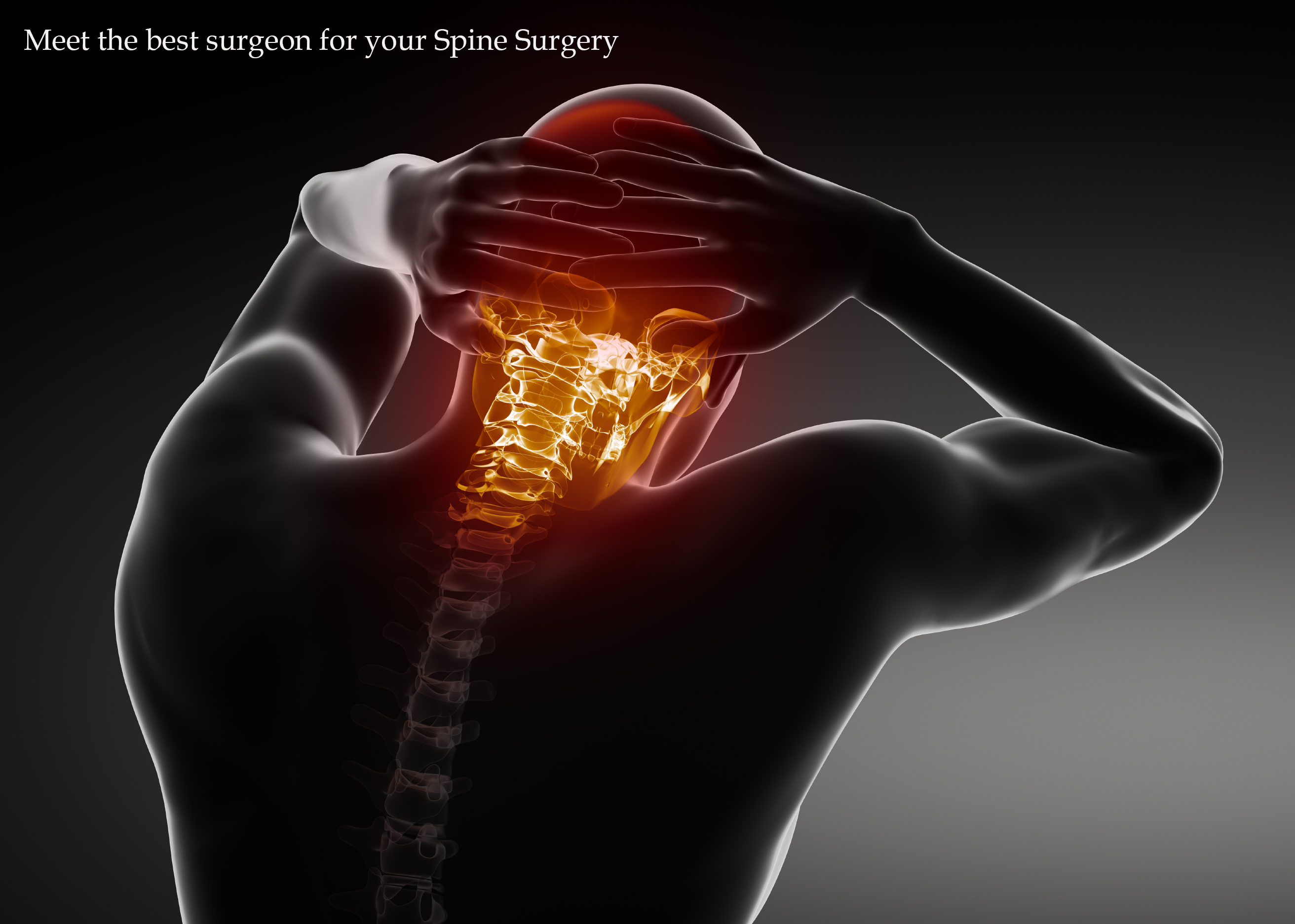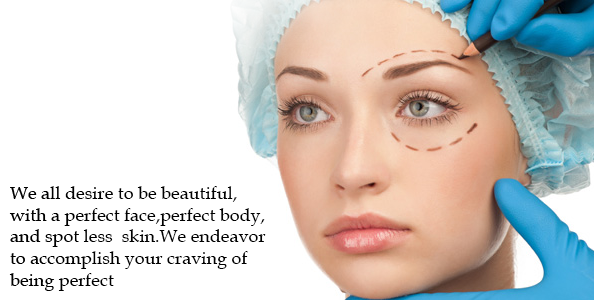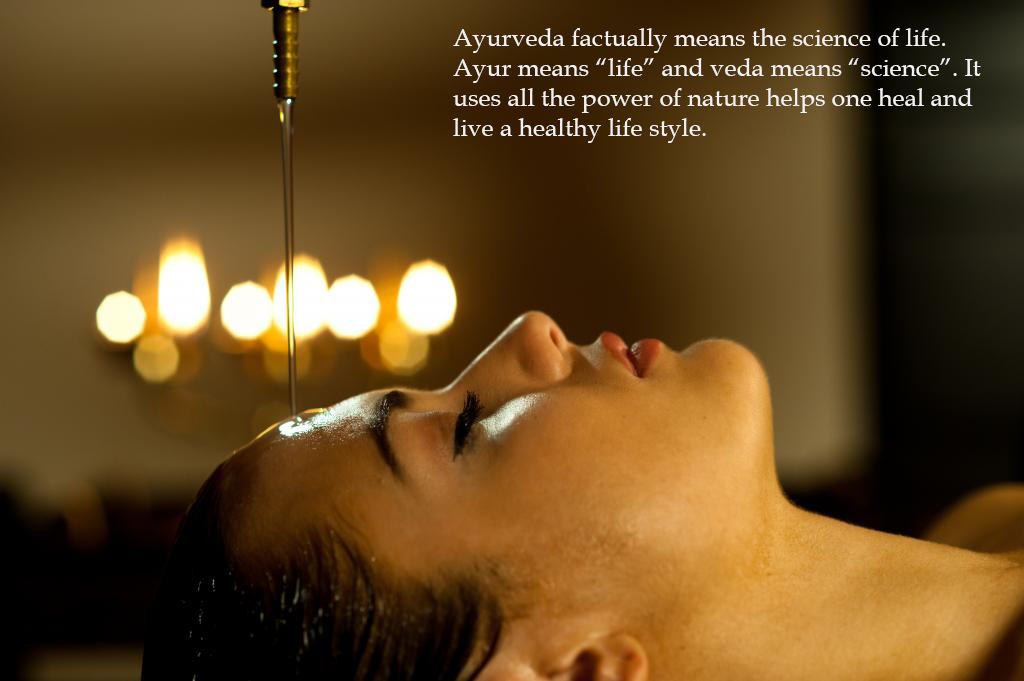Overview
Viral fever is not a disease but a symptom of viral infections. It occurs when the body detects the presence of a virus and triggers an immune response by raising the body temperature. This elevated temperature creates an unfavourable environment for the virus, helping the immune system fight off the infection.
Viral fever can manifest differently depending on the type of virus and the systems it affects. For instance:
- Respiratory viruses may cause symptoms such as sore throat, cough, and congestion.
- Mosquito-borne viruses like dengue or Zika often present with fever, rash, and joint pain.
- Gastrointestinal viruses like rotavirus may lead to fever accompanied by diarrhoea and vomiting.
All of us will get viral infections at some point. But you’re at increased risk of serious illness from certain types of viruses if you:
- Are under 5 or over 65.
- Have certain health conditions, like diabetes, asthma, COPD or other chronic lung disease.
- Have a weakened immune system (from HIV/AIDS, cancer or immunosuppressive medications).
- Are pregnant.
While most viral fevers resolve within a few days, some may last longer or lead to complications, underscoring the importance of understanding and managing this condition.
Symptoms
Symptoms of a viral infection depend on where you’re infected, but some common ones include:
- Flu-like symptoms: fever, head and body aches, fatigue.
- Upper respiratory symptoms: sore throat, cough, sneezing.
- Digestive symptoms: nausea, vomiting, diarrhea.
- Skin conditions: rashes, sores, blisters, warts.
Causes
Viral fever is caused by various types of viruses that invade the body and trigger an immune response. Here’s a detailed breakdown of the common causes:
- Respiratory Viruses:
- Influenza Virus: Causes seasonal flu with fever, cough, and body aches.
- Rhinovirus: Common cause of the common cold, often accompanied by mild fever.
- Coronavirus: Includes strains like SARS-CoV-2 (COVID-19), which may lead to severe symptoms.
- Mosquito-Borne Viruses:
- Dengue Virus: Transmitted by Aedes mosquitoes, causing high fever, rash, and joint pain.
- Zika Virus: Known for fever and its association with birth defects in pregnant women.
- Chikungunya Virus: Characterized by fever and severe joint pain.
- Gastrointestinal Viruses:
- Rotavirus: Common in children, causing diarrhea and fever.
- Norovirus: Highly contagious, leading to stomach pain, vomiting, and fever.
- Exanthematic Viruses (causing skin rashes):
- Measles Virus: High fever with characteristic red rashes.
- Rubella Virus: Milder fever with a pink rash.
- Bloodborne Viruses:
- Hepatitis Viruses: Hepatitis A, B, and C can cause fever along with liver inflammation.
- HIV: Fever is often one of the early manifestations of HIV infection.
- Modes of Transmission:
- Airborne Transmission: Spread through respiratory droplets when an infected person coughs or sneezes.
- Direct Contact: Transmission through touching contaminated surfaces or close contact with an infected individual.
- Vector Transmission: Carried by vectors like mosquitoes or ticks.
Diagnosis
Types of samples they might take include:
- Blood.
- Spit (saliva).
- Phlegm or mucus (sputum).
- Cells from your nose or nasopharynx (nasal/nasopharyngeal swab).
- Skin or other affected tissue.
- Fluid around your brain and spinal cord (CNS fluid).
- Pee (urine).
- Poop (stool).
- Cells from your cervix (Pap smear). Pap smears can find HPV, a virus that can cause cancer. The kind of HPV that can lead to cancer doesn’t usually have symptoms.
Duration of Viral Fever
The duration of viral fever depends on the virus and the individual’s immune response:
- Mild Cases
- Typically last 3–5 days.
- Symptoms like fatigue and mild fever resolve quickly with rest and hydration.
- Moderate Cases
- Can persist for 7–10 days.
- Common in infections like influenza or dengue, where body aches and fever may linger.
- Severe Cases
- Duration may exceed two weeks.
- Severe viral infections like COVID-19 or hemorrhagic fevers may require prolonged care.
Post-viral fatigue, where individuals feel weak and tired for weeks after the fever resolves, is also common and typically improves with adequate rest and nutrition.
Management and Treatment
Medications a healthcare provider might prescribe to treat viral infections include antiviral medications, convalescent plasma and post-exposure prophylaxis.
Specific medications are only available for a few viral infections. For viruses that can cause life-threatening or chronic illness, a provider may prescribe antiviral medications or treatment that prevents you from getting sick after being exposed to a virus.
For infections that rarely cause serious illness, like the common cold, you can usually treat the symptoms at home while you wait for them to go away on their own.
Conclusion
Viral fever is a common condition that requires careful management. By understanding its symptoms, causes, and treatments, you can recover faster and prevent complications. While most viral fevers resolve on their own, severe cases require medical intervention. Practicing good hygiene, staying hydrated, and seeking timely medical care are key to managing viral fever effectively.
Please feel free to contact us for further medical management abroad via email query@gtsmeditour.com










